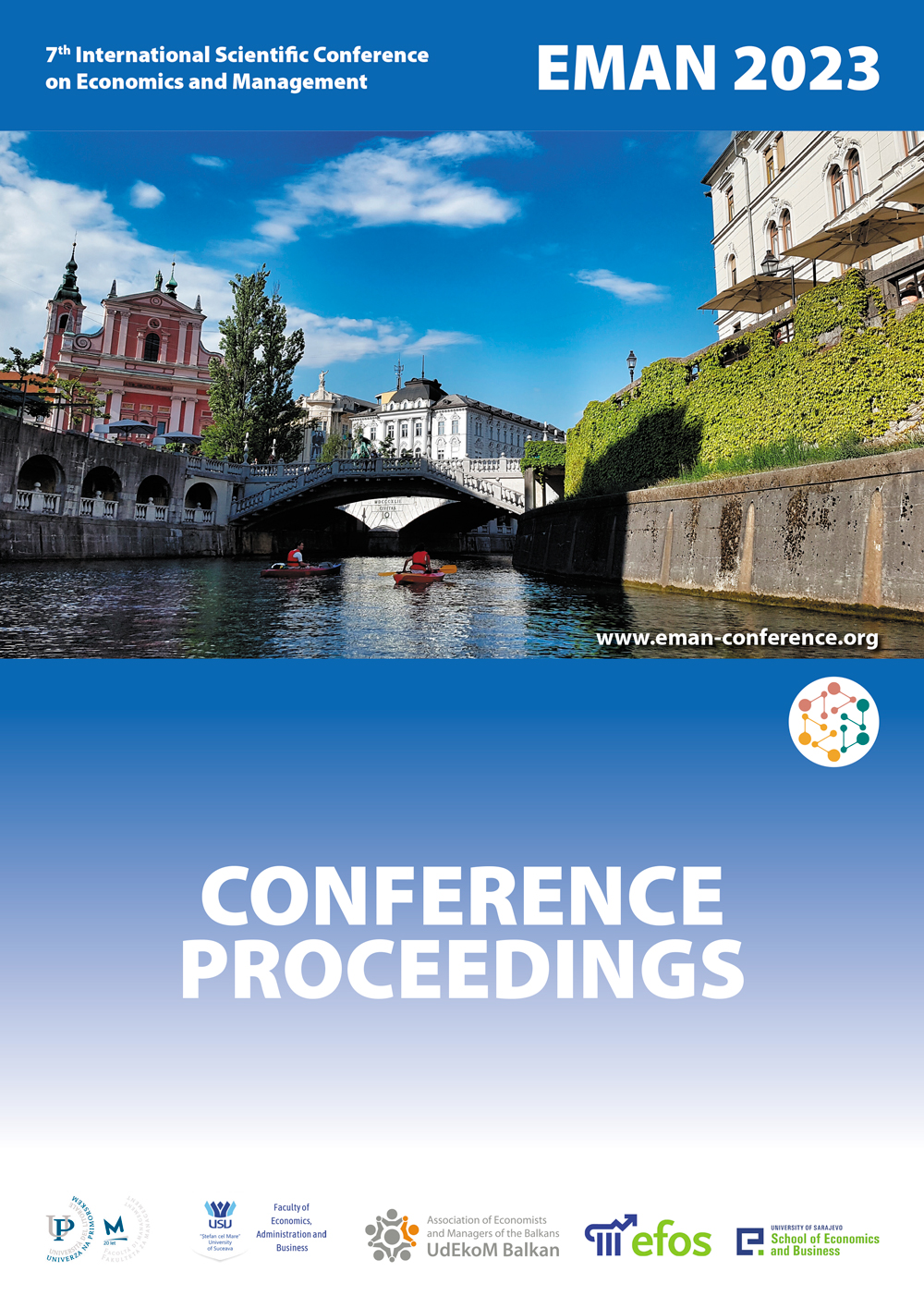
The Impact of the Pandemic on the Innovation Performance of European Countries
The Impact of the Pandemic on the Innovation Performance of European Countries
Keywords: Innovation performance; COVID-19 pandemic; Technological gap; European Innovation Scoreboard
In the last few years, the COVID-19 pandemic has changed our lives and the operation of the whole economy. The technological possibilities in the era of Industry 4.0 were already given, but the spread of digital solutions accelerated due to the pandemic, which was the catalyst of technological progress. The adaptation of new technologies was faster, and the length of the digital transition has been shortened. The impact of the pandemic prevails in both technological leader and follower countries, and because of this, the technological gap between developed and developing countries may decrease. The technological follower countries can converge to leaders mainly in digital infrastructure which is the essential condition of the new technological era but some constraints remain that prevent them from taking advantage of technological progress. This technological revolution requires promoting the use, adoption, and adaptation of new technologies in all countries regardless of the level of technological development. This research aims to analyse the changes in European countries’ innovation performance in the last years when the COVID-19 pandemic prevailed with data from European Innovation Scoreboard. Using simple and multivariate statistical methods, the similarities and differences in technological progress in times of pandemic can be highlighted between the technological leader and follower countries in the European Union.
More...